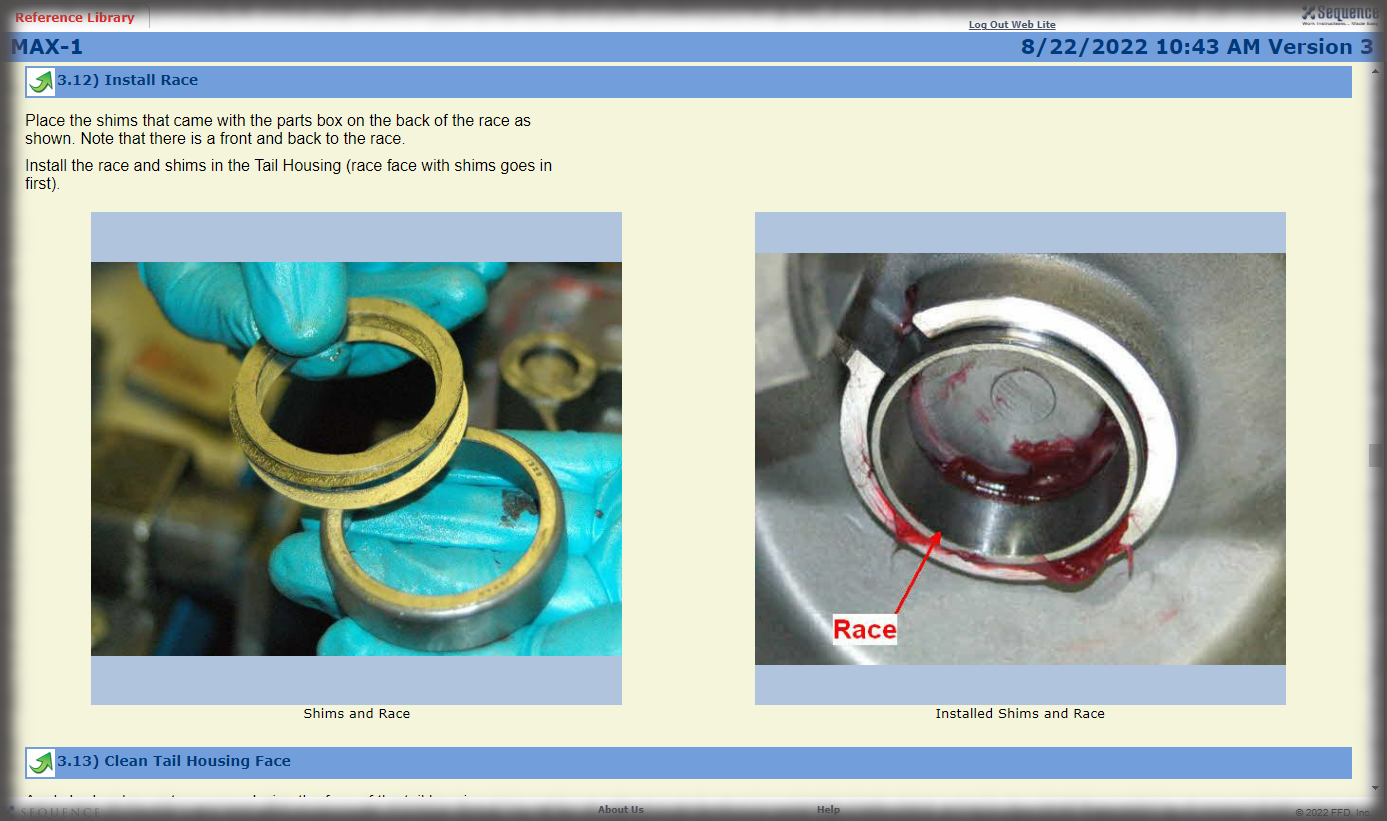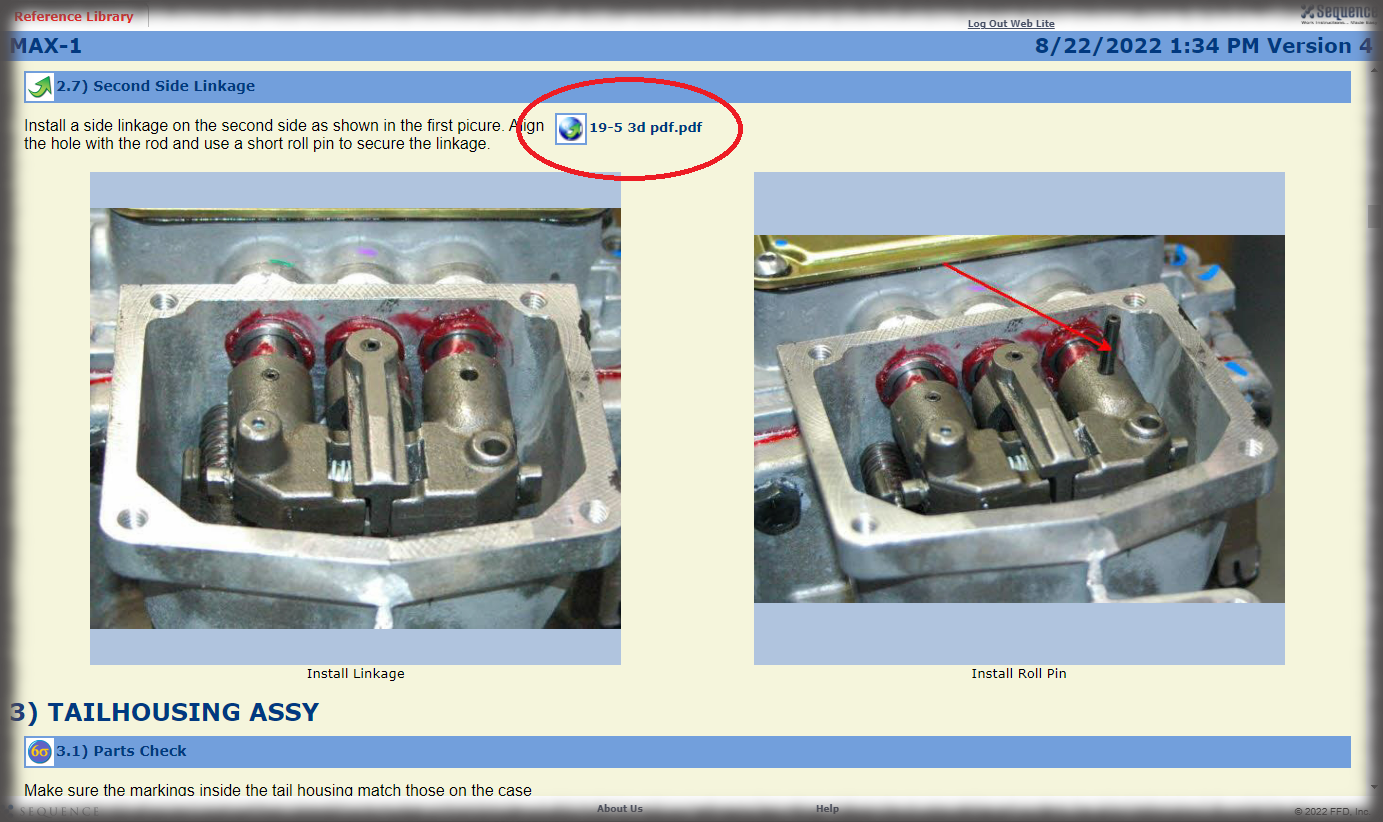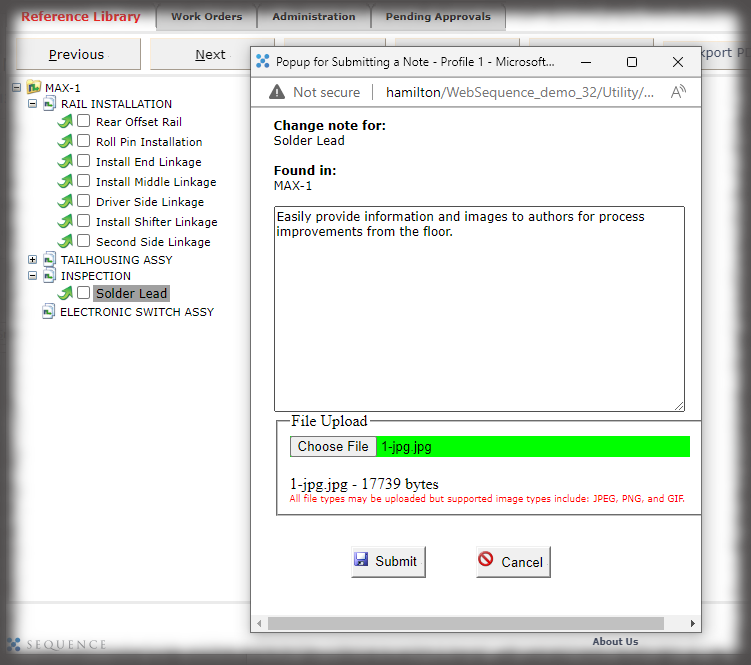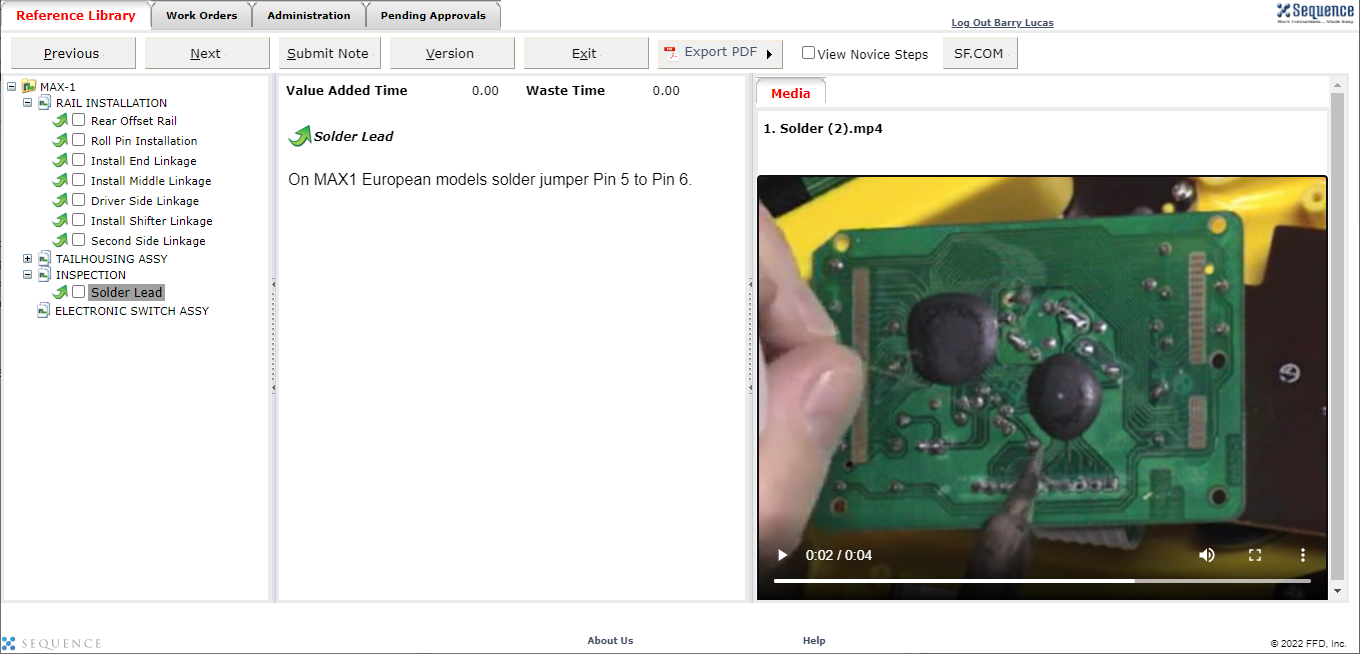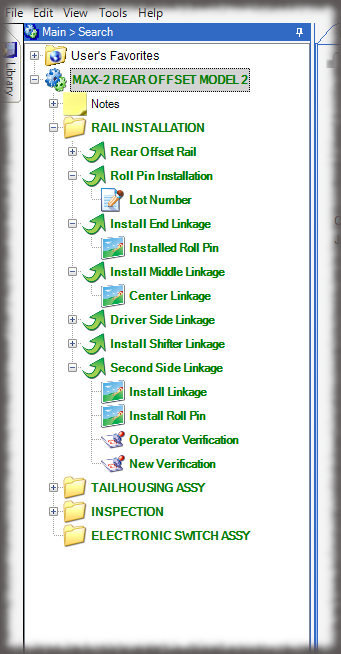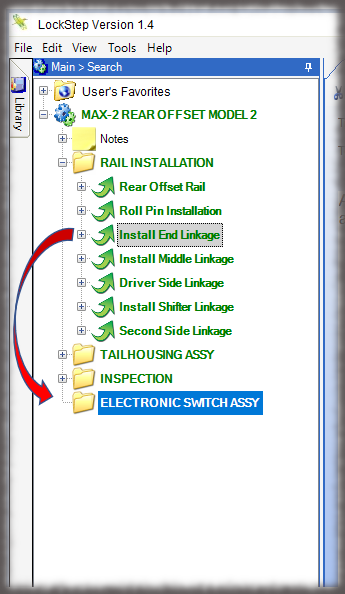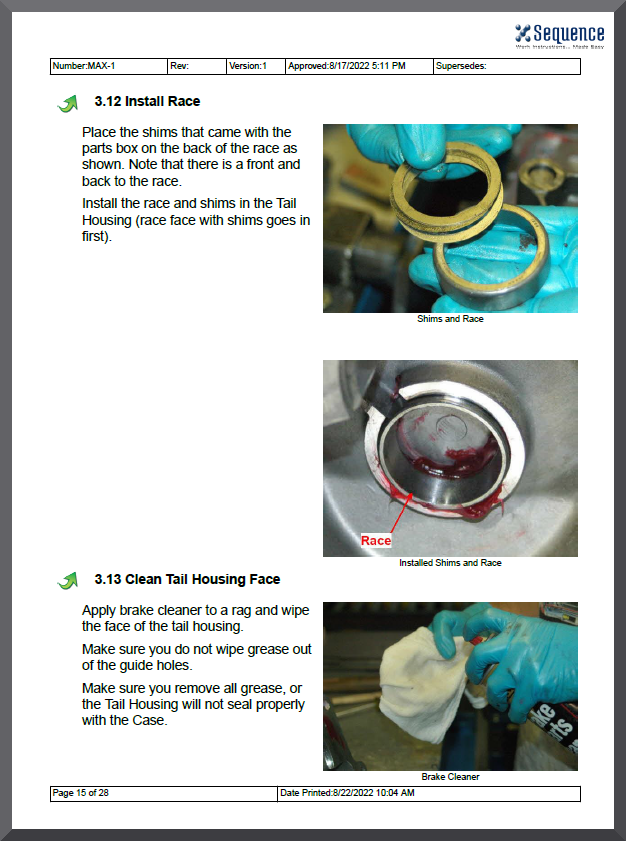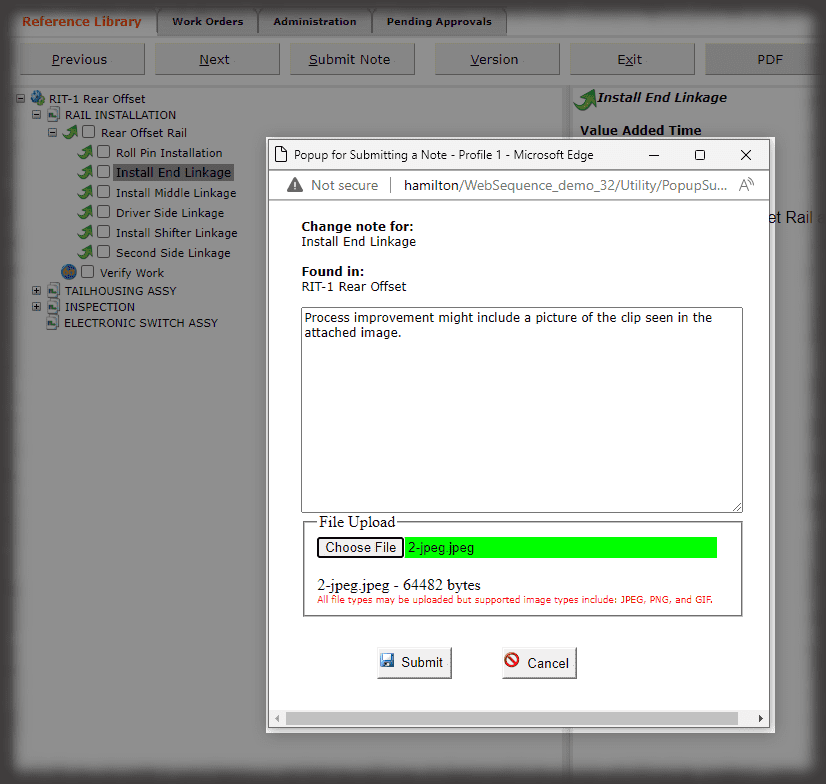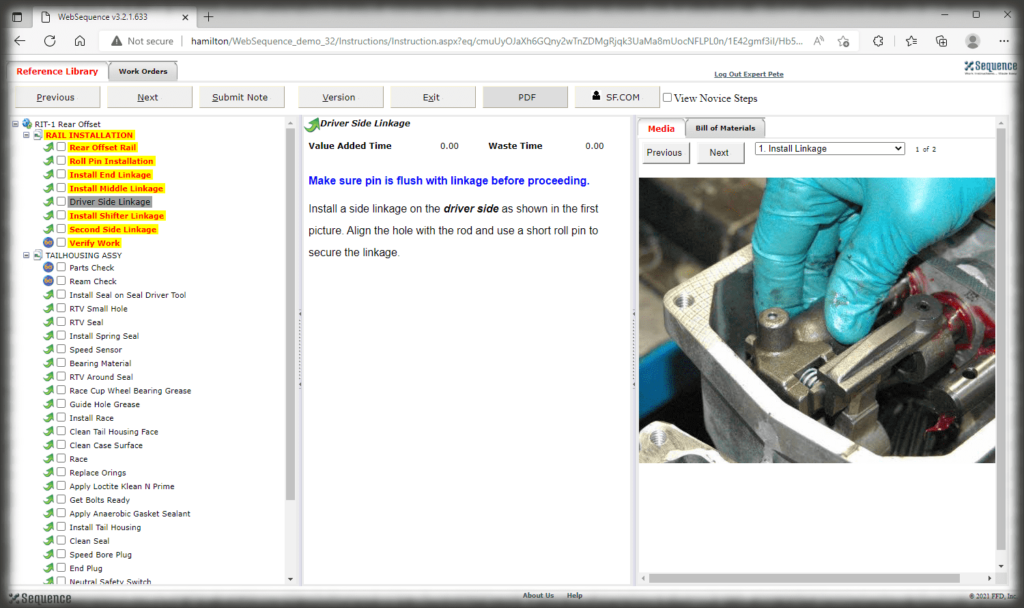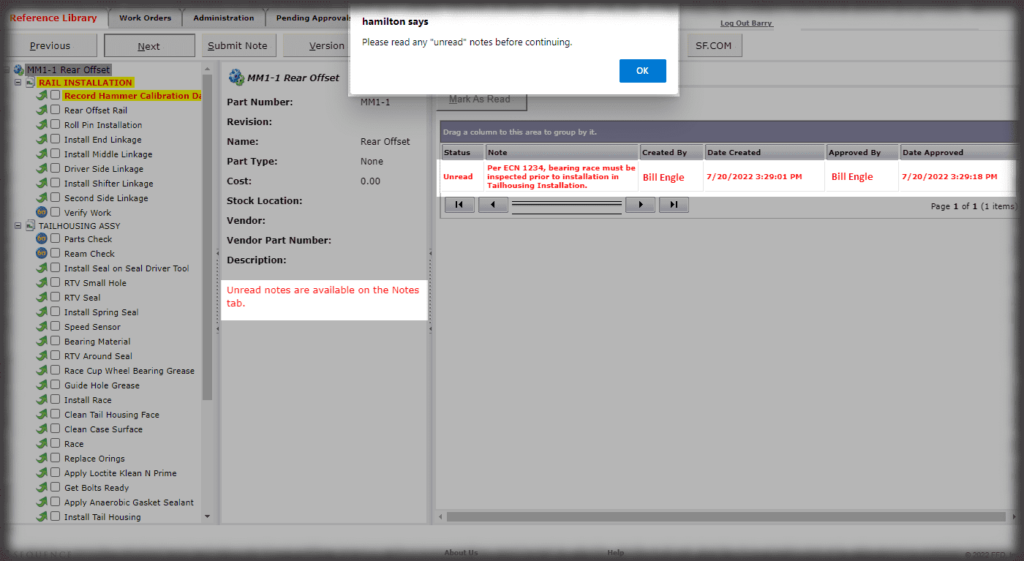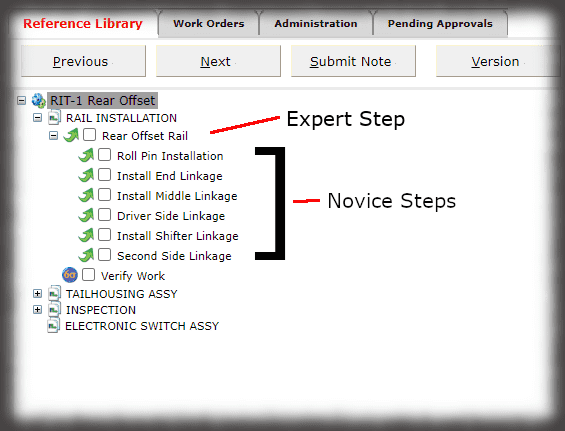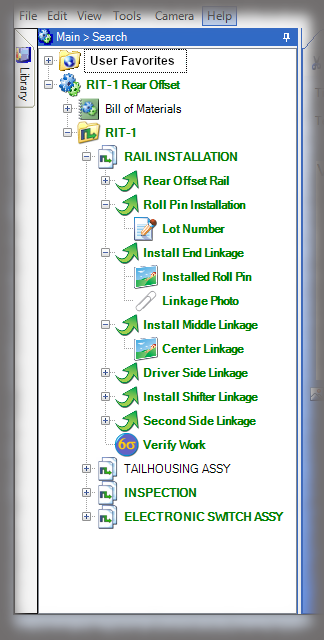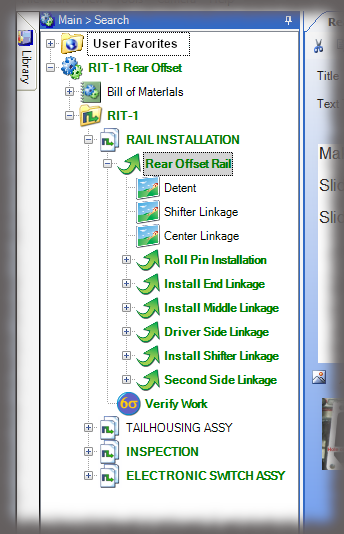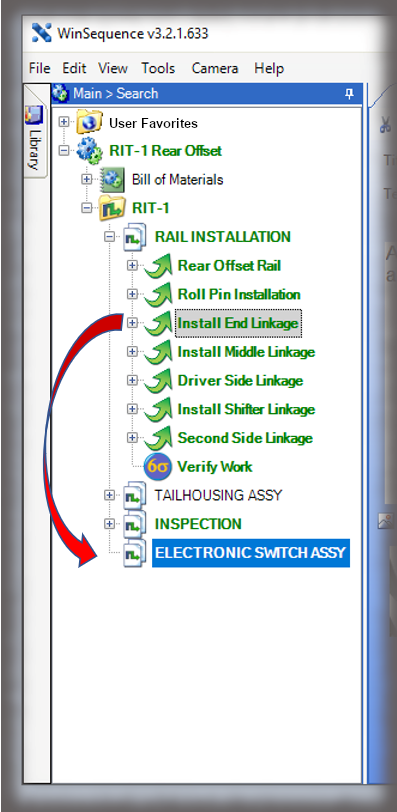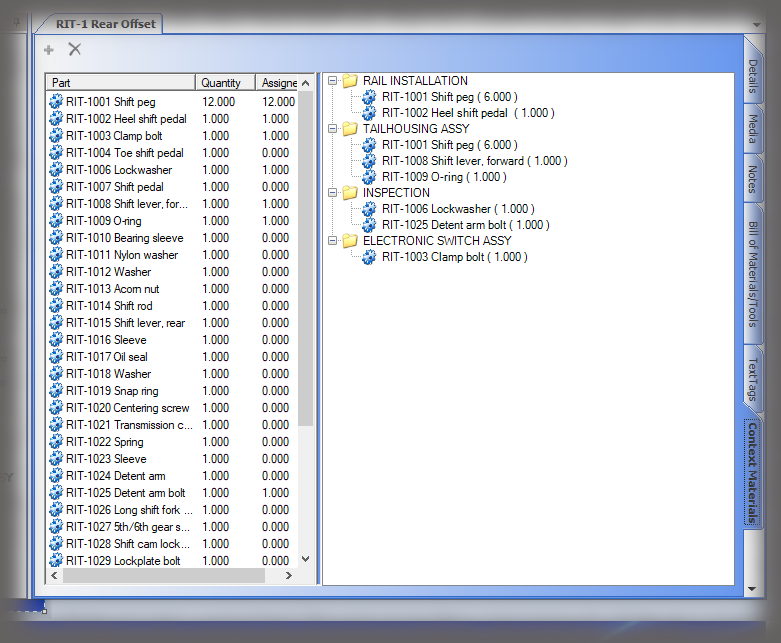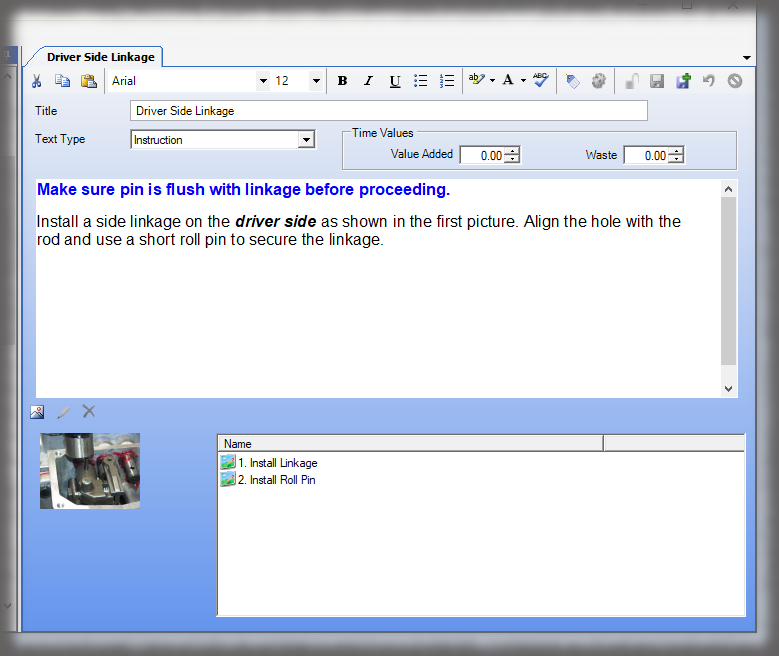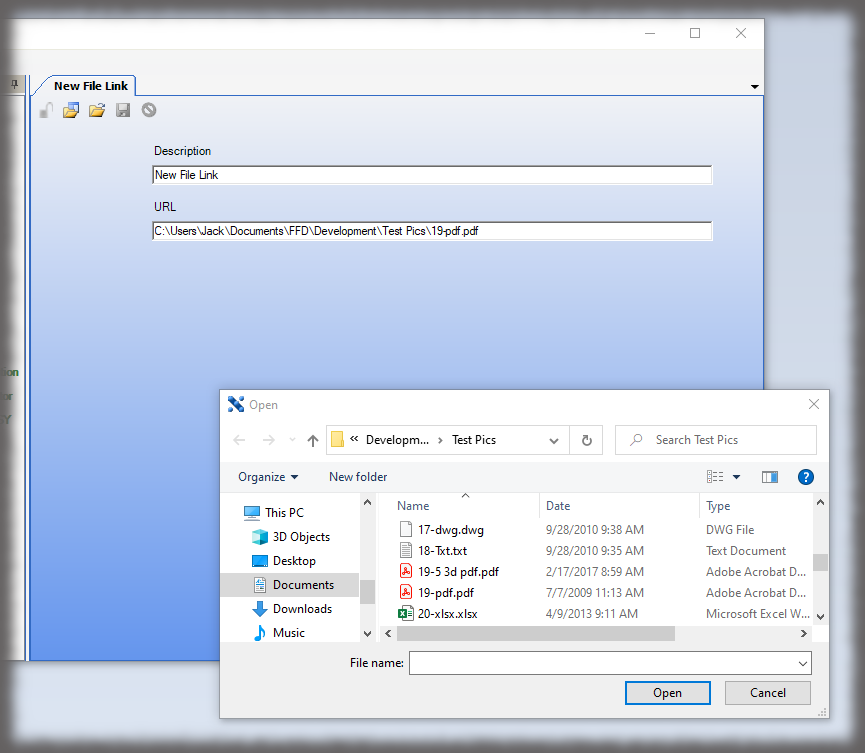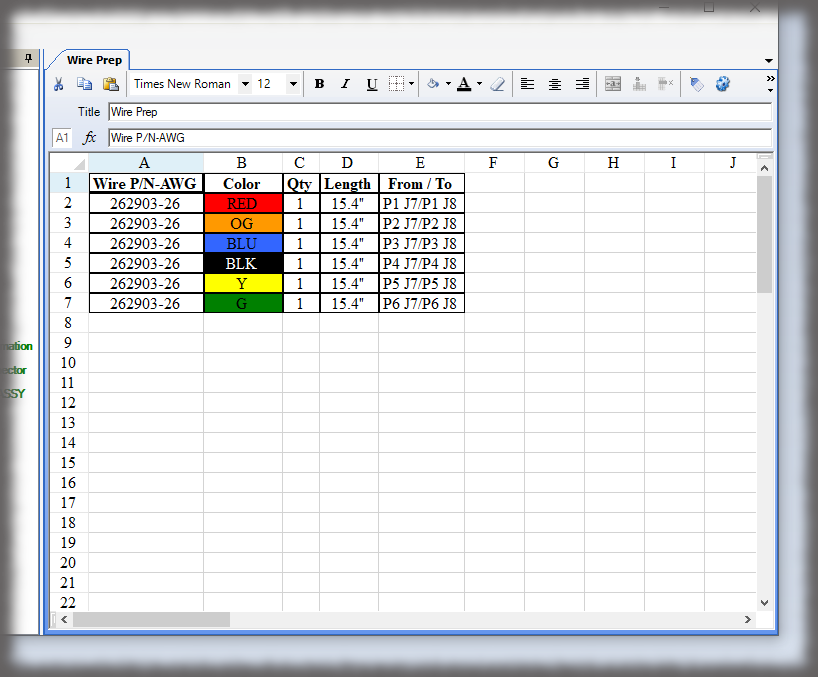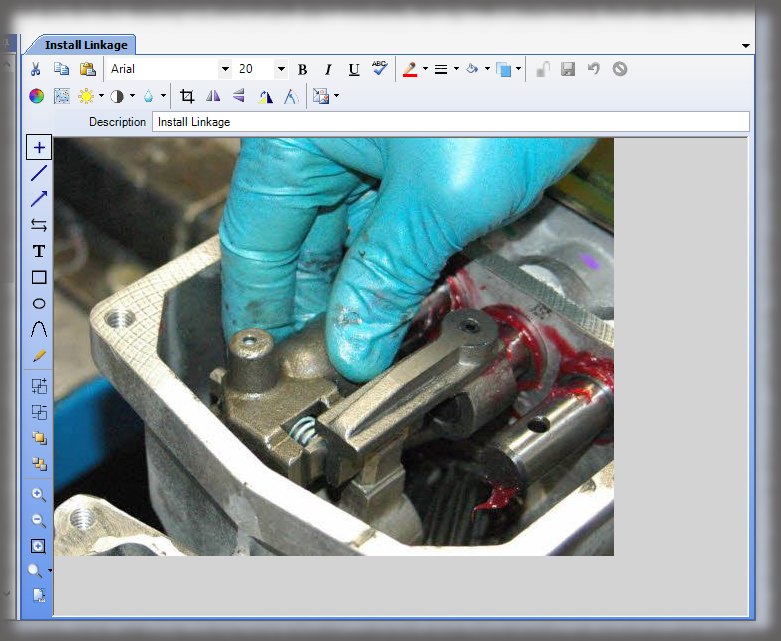Maintaining up-to-date work instructions in manufacturing isn’t easy, but it is critical for ensuring efficiency, consistency, and compliance with industry standards. Outdated work instructions often lead to errors, delays, and even safety hazards, which is why companies use ISO audits to reveal issues. This article examines the role of ISO audits and how they have an uncanny knack for finding old versions of work instructions on the production floor.
The Role of ISO Audits
ISO (International Organization for Standardization) audits are systematic examinations of an organization’s processes to ensure commitment to the relevant standards. The standards cover many documentation types, including quality management, environmental management, and information security.
Internal or external auditors conduct the audits to evaluate compliance with the standards, which may look at documentation in multiple departments. One crucial aspect is the assessment of work instructions to determine their relevance and accuracy. Here’s how ISO audits help find outdated work instructions:
Document Review
During an audit, auditors systematically review documented procedures and work instructions, which includes examination of content, version control, and the last revision date of the documents.
Interviews and Observations
Auditors often interview employees and observe their work to ensure that they are following documented procedures. This provides insights into whether the instructions being used are up-to-date and effective.
Comparison with ISO Standards
ISO auditors compare an organization’s work instructions with the specific ISO standards applicable to the industry. This helps identify any gaps or inconsistencies between the organization’s practices and the required standards.
Feedback and Recommendations
Based on their findings, auditors provide feedback and recommendations to the organization. If outdated work instructions are discovered, auditors may suggest updating them to align with current industry best practices and ISO standards.
The Importance of Up-to-Date Work Instructions
Work instructions are the documents that should guarantee successful completion of a task if followed properly. They provide employees with clear and concise guidelines on how to perform tasks, use equipment, and adhere to safety protocols. Keeping instructions current is essential for several reasons:
Operational Efficiency
Outdated instructions can lead to inefficiencies in workflow. Employees may waste time trying to decipher unclear or obsolete instructions, leading to decreased productivity.
Quality Assurance
Up-to-date instructions ensure processes are executed correctly, reducing the likelihood of defects or errors in products or services. Defense, aerospace, and healthcare are particularly sensitive to having only the most current instructions available in production.
Safety Compliance
In industries with stringent safety regulations, outdated instructions can pose serious risks to employees. Updated instructions help maintain a safe working environment.
Regulatory Compliance
Many organizations adhere to industry-specific regulations and standards, such as ISO standards, because outdated work instructions lead to non-compliance and legal consequences.
Continuous Improvement
Keeping work instructions current allows organizations to incorporate best practices and improvements into their processes.
The Big Scare: Where to Find Rogue Work Instructions
It is important to maintain accurate and current work instructions in the production environment, but some employees may inadvertently or intentionally hide old instructions for several reasons. Here are a few possible places where production employees might leave outdated work instructions:
- Desk Drawers or Cabinets: Employees may keep old paper instructions in their desk drawers or cabinets. This is a common spot, especially if they are not regularly monitored or if there is limited oversight.
- Personal Workstations: Some employees may keep old work instructions at their personal workstations, among other documents or tools they use regularly. This allows quick access to the instructions when needed.
- Toolboxes or Tool Storage: In manufacturing or maintenance settings, employees often have toolboxes or designated tool storage areas.
- Physical Binders or Files: In production areas where work instructions are printed and stored in physical binders or files, employees might keep outdated versions behind current versions or within the pages of unrelated documents.
- Electronic Folders or Drives: If work instructions are stored digitally, look for obsolete versions in folders or drives on the company network. If the employee is deliberate, they could name these folders inconspicuously to avoid detection.
- Personal Devices: Sometimes, employees may save personal copies of work instructions on their personal devices, such as smartphones or laptops. This allows access to the instructions without raising suspicion.
- Shared Drives or Cloud Storage: In organizations where work instructions are stored on shared drives or cloud storage platforms, employees may create copies of files in less frequently accessed folders or directories.
- Physical Work Areas: Old work instructions might be concealed in specific areas of the production floor or workspace where they are unlikely to be discovered during routine inspections.
It is important to note that employees may deliberately hide outdated work instructions for multiple reasons, including resistance to change or a lack of awareness about why they need to use most current instructions. To start eliminating rogue copies of old instructions in production, companies should foster a culture of transparency, communication, and continuous improvement. Regular audits reinforce the importance of up-to-date instructions, and proper training reduces the likelihood of employees hiding outdated work instructions.
Audit Steps in Identifying Outdated Work Instructions
Now, let’s explore the step-by-step process through which ISO audits uncover outdated work instructions:
- Preparation: Before the audit, the company should assemble all relevant documentation, including work instructions, manuals, and records. The documents should be organized and readily accessible to auditors.
- Audit Planning: Auditors plan the scope and objectives of the audit, which includes identifying the specific work instructions and processes to be examined. They also determine the audit schedule and team.
- Document Review: Auditors thoroughly review the documented procedures and work instructions. They pay close attention to version control, ensuring that only the most recent versions are in use.
- Employee Interviews and Observations: Auditors interview and observe employees who are responsible for executing manufacturing processes looking for discrepancies between work performed and documented processes.
- Comparison with ISO Standards: Auditors compare the work instructions with relevant ISO standards, checking for compliance with outlined standards, such as safety protocols, quality control measures, and environmental practices.
- Identification of Outdated Work Instructions: During the review process, auditors identify work instructions that are outdated, inaccurate, or inconsistent with ISO standards. They may also uncover instances where employees are following undocumented or ad-hoc procedures.
- Feedback and Recommendations: Once the audit is complete, auditors provide feedback, highlighting areas where work instructions need updating and suggesting corrective actions. Organizations are encouraged to address these issues promptly.
- Training and Implementation: Following an audit and updates to work instructions, quality may need to provide training to ensure employees are aware of and can follow the revised procedures. This step is crucial for seamless implementation.
- Continuous Improvement: Companies should use the audit results as an opportunity to refine their processes, enhance work instructions, and stay aligned with evolving ISO standards.
Let Sequence Software Prepare Your Company for an ISO Audit
Keeping work instructions current yields operational efficiency, quality assurance, safety compliance, and regulatory adherence. By systematically reviewing and auditing work instructions, auditors can pinpoint areas that require improvement, ensuring that organizations remain competitive and compliant in their respective industries.
Talk with Sequence Software today about how their software solutions help companies navigate the audit process more smoothly. Request a Demo or contact us with any questions at 866-863-7541 or sales@sequencesoftware.com.


